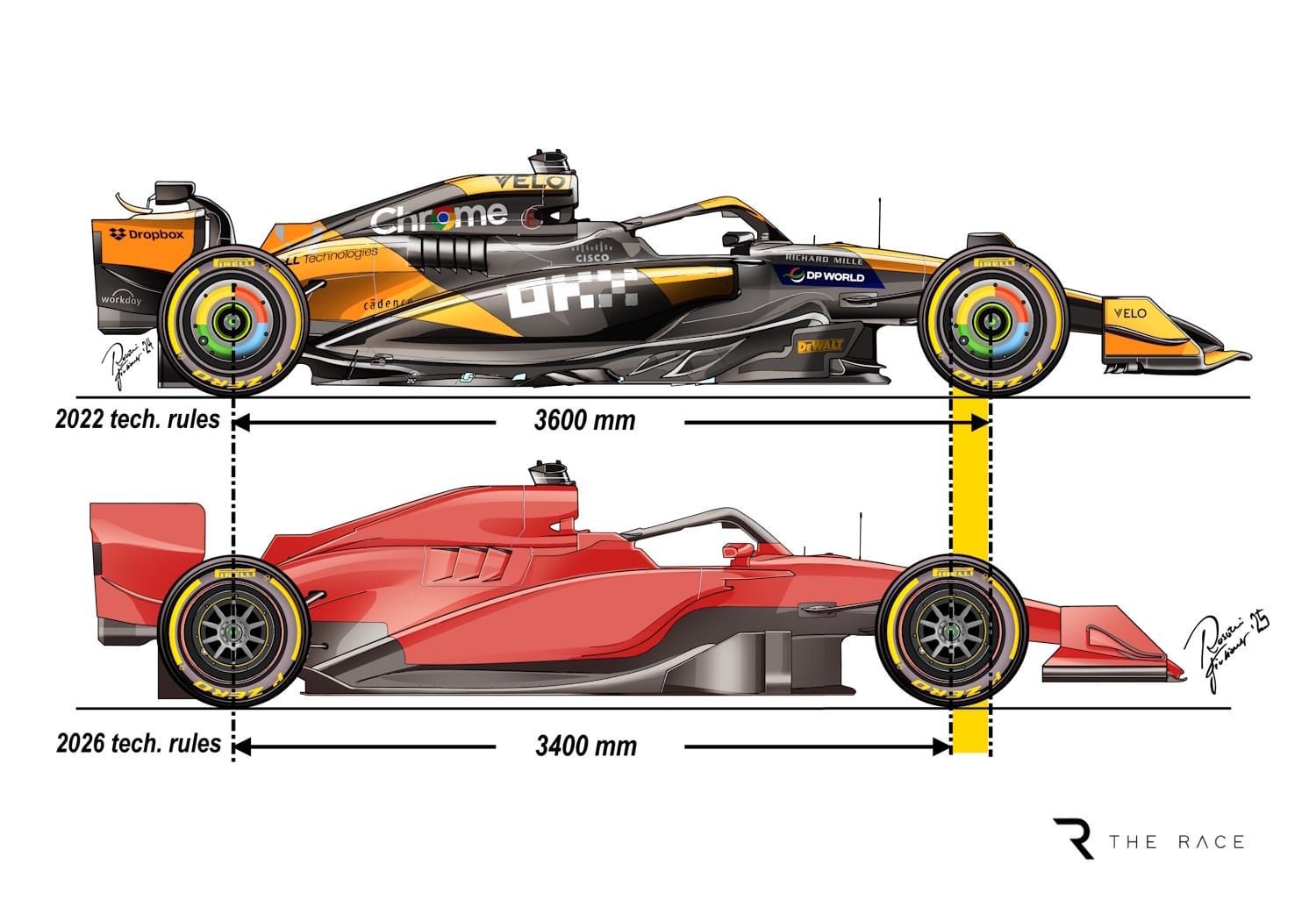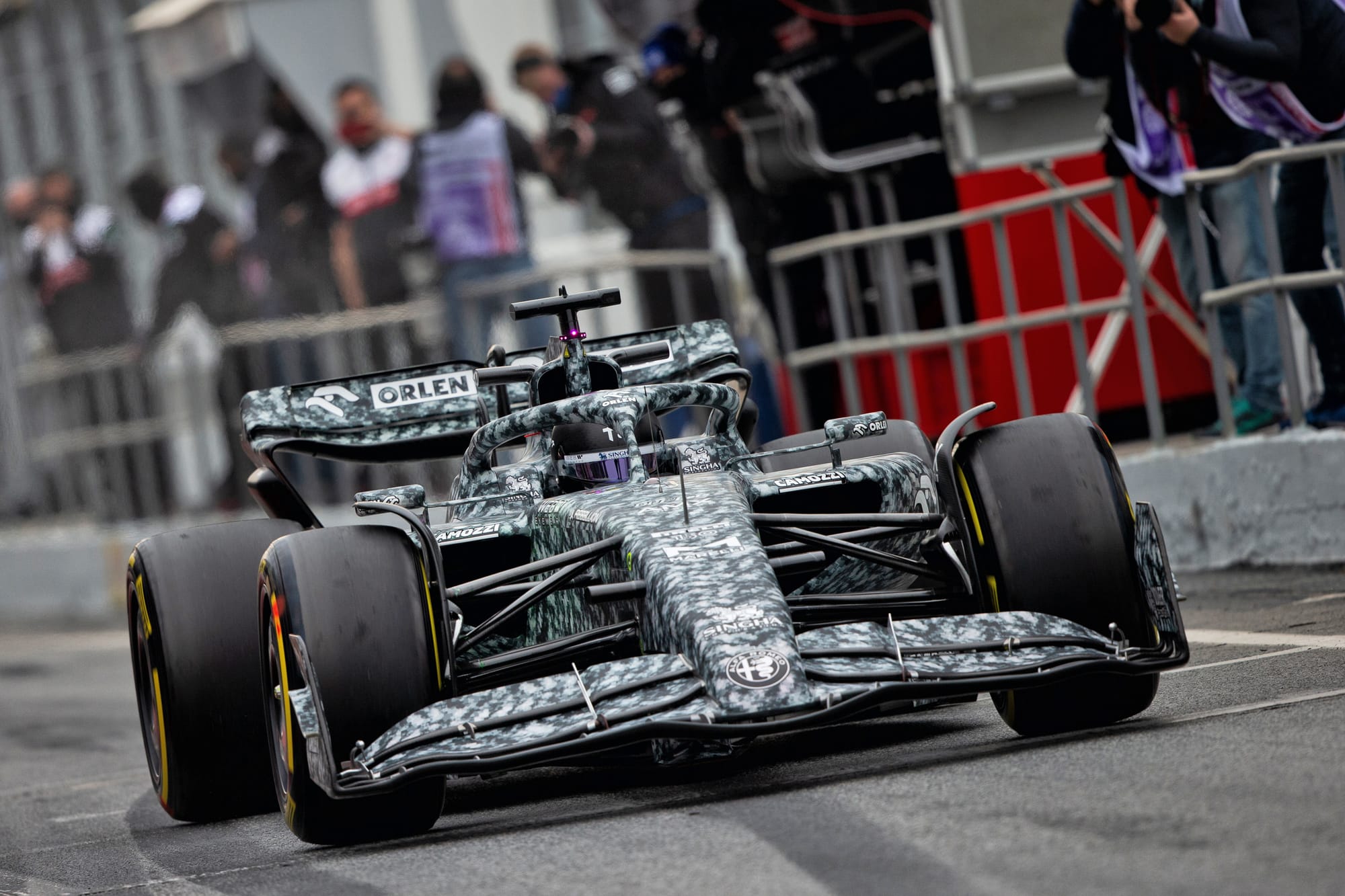Why F1 teams' 2026 weight panic is wrong
Why should F1's minimum car weight be set low enough for all teams to easily hit?


There are plenty of justifiable criticisms of and doubts about Formula 1's 2026 regulations, but concern about the minimum weight rule should not be one of them.
The minimum weight for 2026 is currently set as "724kg plus the nominal tyre mass", a result of next year's Pirelli tyres still being in development. Currently, the minimum weight is 800kg, and one of the aims of next year's regulations has been to reduce this.
Red Bull team principal Christian Horner criticised the minimum weight rule when asked about it during the Miami Grand Prix weekend. But quite rightly, you just don't achieve a lower car weight simply by wishing it so in the regulations. Or at least, not directly.
"A number was plucked out of the air for car weight," said Horner. "We've got engines that are significantly heavier and a car weight that has become lower, so it will be an enormous challenge for every team to achieve it.
"Saving weight costs a colossal amount of money. There will be choices teams make to hit the weight, because weight is free laptime. Every 10kg is about 0.35 seconds. It will be very challenging for all teams to get down to minimum weight."
Horner's argument is founded on the notion that hitting minimum weight should be, by F1 standards, easily achievable. But why should that be the case? Provided safety regulations are in place, and the driver ballast rule remains to avoid penalising taller drivers more than they already are, there's no reason not to have an aggressive minimum weight number.
It has become an article of faith that the minimum weight should be achievable. That's how the FIA saw it given that when the 2022 rule changes kicked in the minimum weight increased on the eve of the season. That was a strange choice considering it penalised the then Alfa Romeo-branded Sauber team, which had put great effort into weight reduction and therefore took a hit. Why should being on the minimum weight be a given?
The counterargument to the stance that minimum weight should be a standard expectation for teams was expressed with characteristic incisiveness by Mercedes technical director James Allison during a press conference at the 2023 Canadian Grand Prix. His answer to slimming down F1 cars is to make it the teams' problem.
"It is particularly tricky to dream up technical rules that are going to make the car much lighter," said Allison. "The way to make it lighter, I think, is to lower the weight limit and make it our problem.
"If cars are over the limit, then it forces us all to make some fairly difficult decisions about what we put in our cars and what we don't.
"But not everyone agrees with that point of view. But that's the most guaranteed way to put downward pressure on the weight of the car, and one that might be more effective as creating the conditions to lead to an end result is often more effective than trying to prescribe it."
F1 operates under a cost cap, therefore this nullifies the complaints about cost and doesn't allow wealthier teams to steal a march. Instead, weight reduction would become part of the design process. And it would be something most teams surely would prioritise given the performance benefits of reduced car weight.
It would mean some tough choices must be made, but makes for a great technical challenge with a direct impact on performance. Yes, there's the risk this might increase the performance spread and you could argue it might penalise teams lower down the grid that don't have such prolific history of lightweighting components to fall back on. But on that latter point, you can still benefit from weight savings given it allows the use of more ballast anyway.
None of this means there should be no minimum weight, and it's important to note that the majority of the necessary bulk of a car is dictated by the rules, but F1 teams are highly accomplished when it comes to solving problems.
That's why a shift in mindset on the objective of the minimum weight rule is logical. It's not going to make F1 cars suddenly 200kg lighter, but it will help chip away at the problem.
















































































